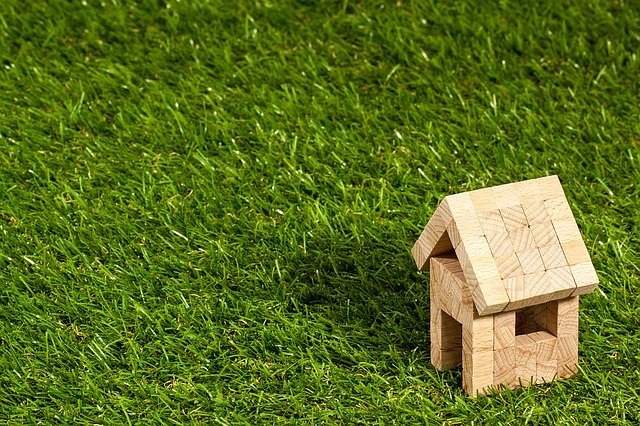The real estate sector is one of the key contributors to the country’s GDP, but it has been going through rough seas for the last few years. However, the sector has picked up pace since June 2021, and all segments are performing better. The demand for residential has seen a tremendous change as the demand for larger spaces is looking at an all-time high.
The COVID situation has turned the tide towards the real estate sector. Various reports have pointed out that the demand for luxury is continuously increasing even though affordable and mid-segment hold the fort with more than 70% contribution to the overall sales.
Also, the real estate market that was traditionally investor-driven is becoming an end-user market. The transition from investor to end-user started a few years back in the residential segment, and with COVID, the scale has further dipped towards the end-users. Since COVID, end-user interest has increased mostly due to the all-time low home loan interest rate regime, which was initiated through steps taken by the government and the RBI.
Now, the projects are being designed keeping in mind the end-user sensibilities, which indicates healthy growth in future. Looking at the demand and supply gap, it is clear that it will take years to fill it, opening up huge avenues for real estate development.
Talking about Delhi NCR, we can say that the market has seen positive movement pointing towards healthy growth in future. The fact that the percentage of luxury in overall sales is increasing and other segments getting the desired attention proves that the market here is working as per the demand.
The demand has exceeded the supply in the whole Delhi NCR market, which indicates that the propensity of a good project to get lapped up by the buyers is high. After accessing the situation, the developers have also increased the number of new launches to capture the market momentum. We are hopeful that the sales will be a lot closer to the pre-COVID levels in the coming few months.
The sector’s outlook is optimistic as the consumers have confidence in the sector, and residential real estate has surpassed gold, stocks, fixed deposits, and other investment options as the most preferred asset class. After deferring it for over a year during the first wave, consumers are expected to resume their home-buying quest as the festival season has arrived.
Consumer attitudes will remain favourable for the coming quarters, offering an overall hopeful picture to the sector, given the enhanced relevance of owning a home during the pandemic, supported by the work-from-home trend and all-time low home loan interest rates.
The real estate sector has had a considerable comeback in recent quarters, which has kept stakeholders optimistic about the future. Everything changed in 2020, and 2021 is the year when resilience, digital insurgency, and innovation make change better. While some challenges may remain in 2021, the foundation for recovery has already been laid.






Leave a Reply